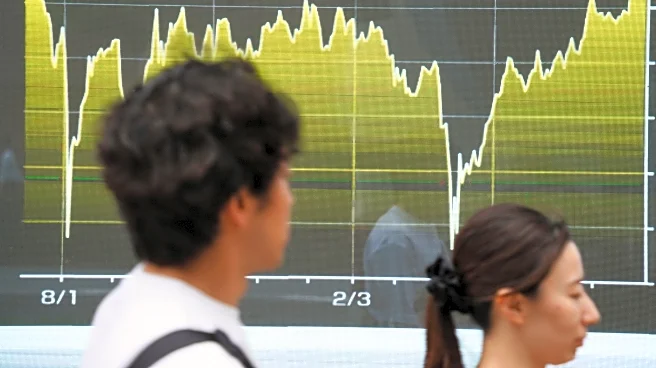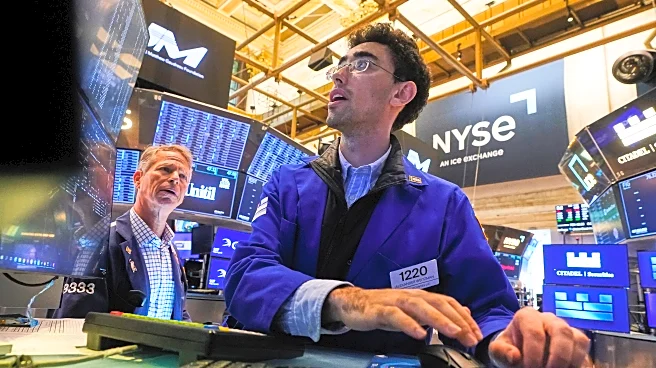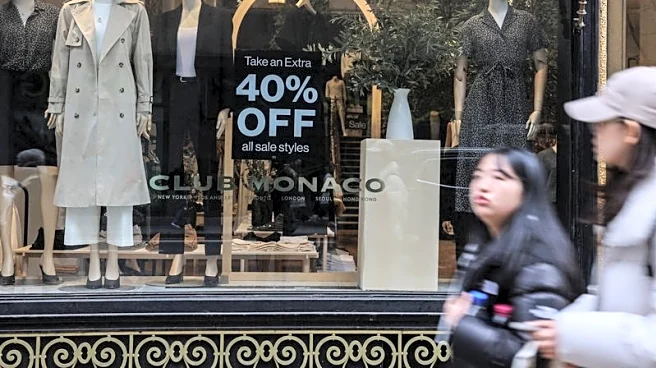What's Happening?
The Trump administration has introduced a 39% tariff on Swiss luxury watches, a move that could significantly affect Gen Z consumers in the United States. This demographic has increasingly embraced luxury timepieces as status symbols, often showcasing them on social media platforms like TikTok and Instagram. The U.S. recently became the largest market for Swiss watch exports, surpassing Japan and China, with $3.17 billion worth of watches shipped from January to June. The tariff, however, is expected to raise retail prices by 12%-14%, as companies are unlikely to absorb the additional costs. This price increase may drive younger buyers towards pre-owned and grey-market sellers to avoid the tariffs.
Why It's Important?
The tariff on Swiss watches could reshape consumer behavior among Gen Z and millennials, who are more price-sensitive than older collectors. As retail prices rise, the demand for new Swiss watches may decline, potentially shifting focus to the pre-owned market. This could impact the Swiss watch industry, affecting employment and supply chains in watchmaking regions. Additionally, brands may need to adjust their marketing strategies to appeal to younger generations in a cooling market. The tariff could also influence international travel patterns, with American consumers potentially purchasing watches abroad to avoid tariffs.
What's Next?
The Swiss watch industry may need to reconsider its distribution and pricing strategies in response to the tariff. Brands might shift allocations to regions with increasing demand, such as Europe or the Middle East, while demand in the U.S. diminishes. Marketing efforts targeting younger consumers could become more crucial, emphasizing the rarity and complexity of luxury watches. The tariff may not eliminate Gen Z's interest in luxury watches but could alter how and where they purchase them, with a potential increase in secondhand acquisitions.
Beyond the Headlines
The tariff could have broader implications for international trade relations and economic policies under the Trump administration. It may also highlight the cultural significance of luxury goods as social currency among younger generations, influencing consumer trends and social media dynamics. The shift towards pre-owned markets could reflect changing attitudes towards sustainability and value in luxury consumption.













